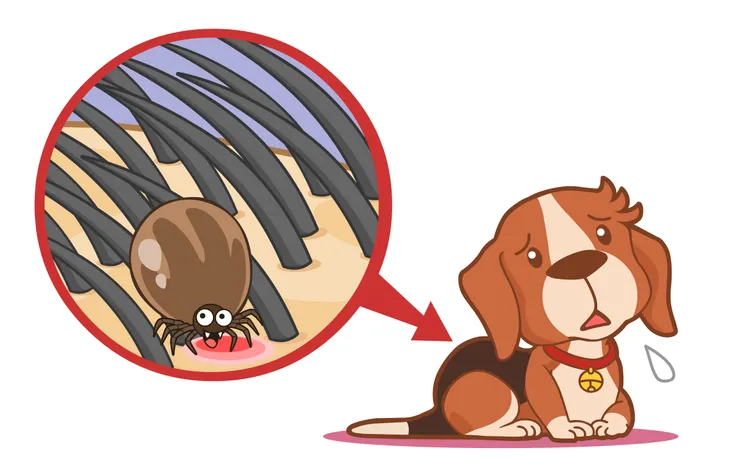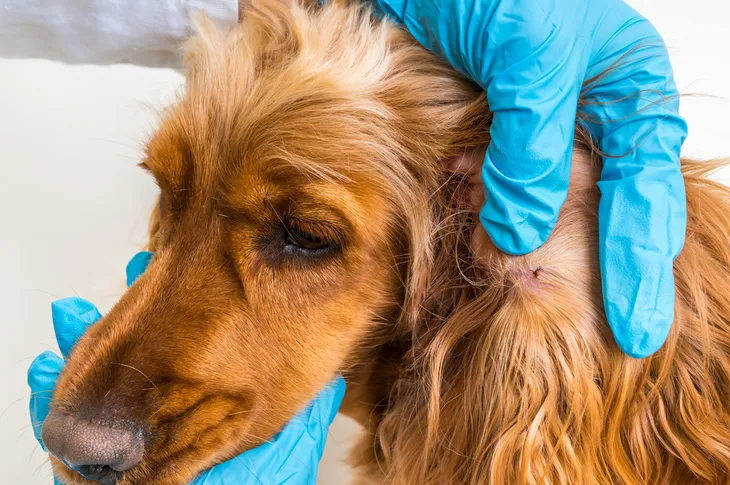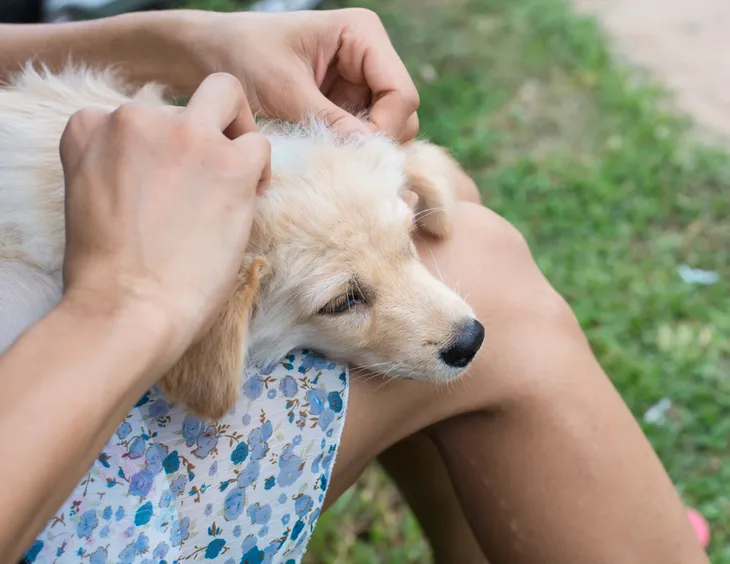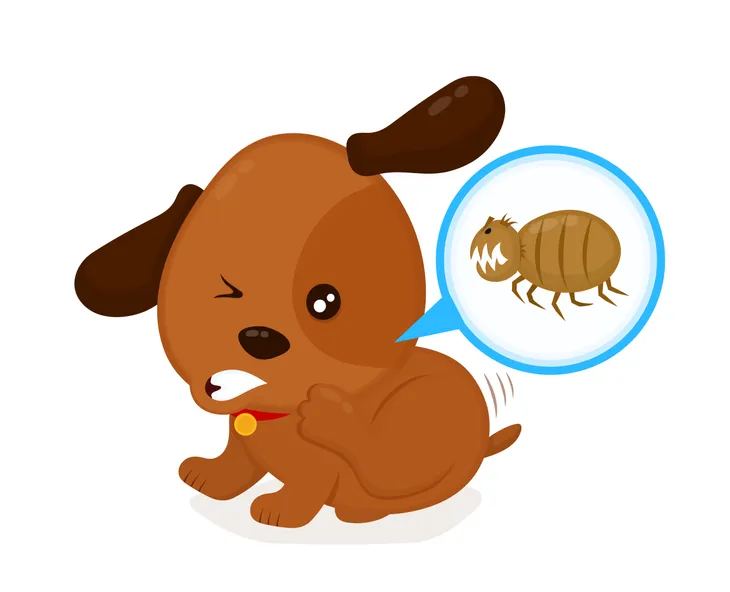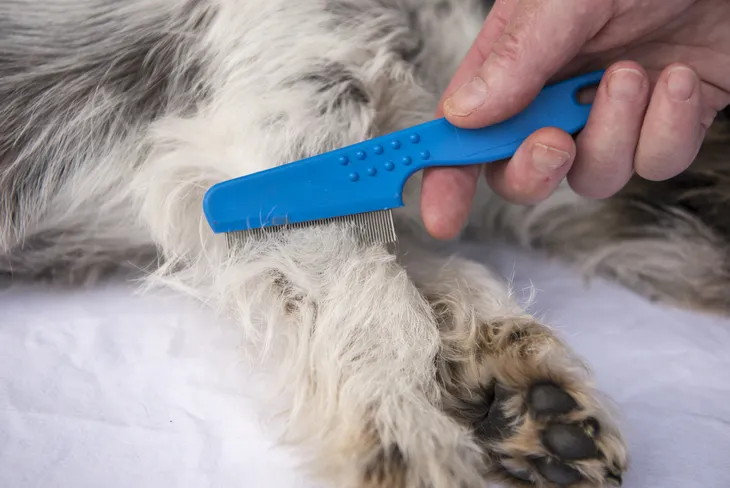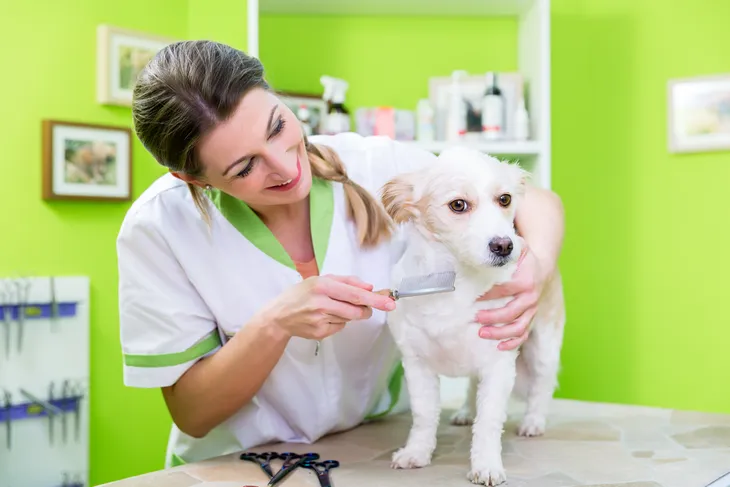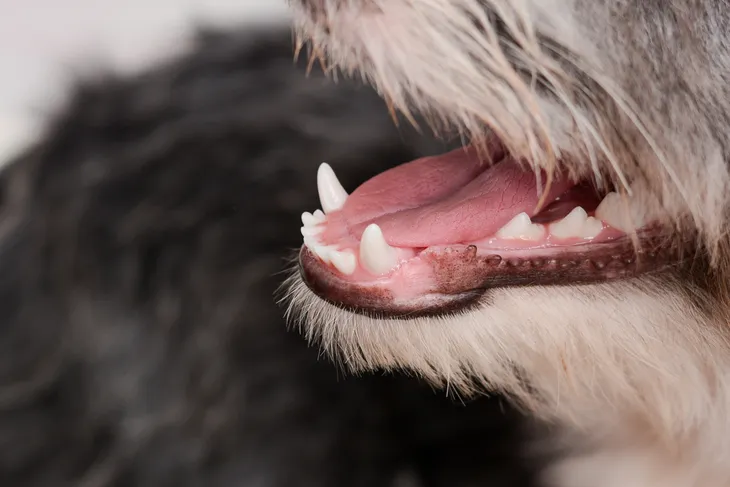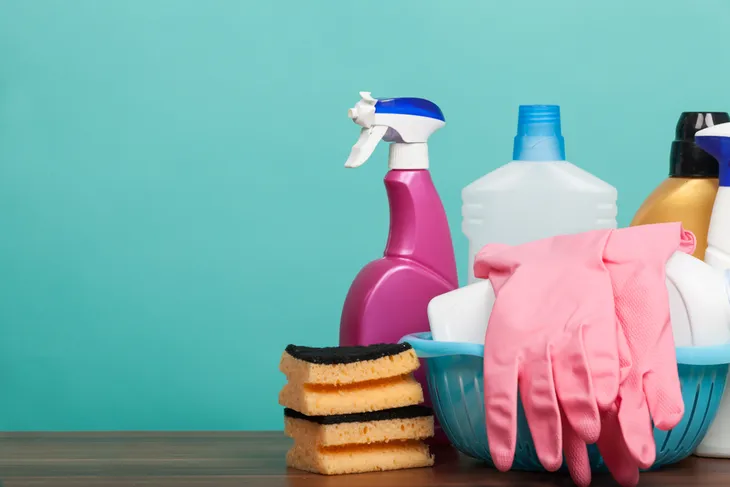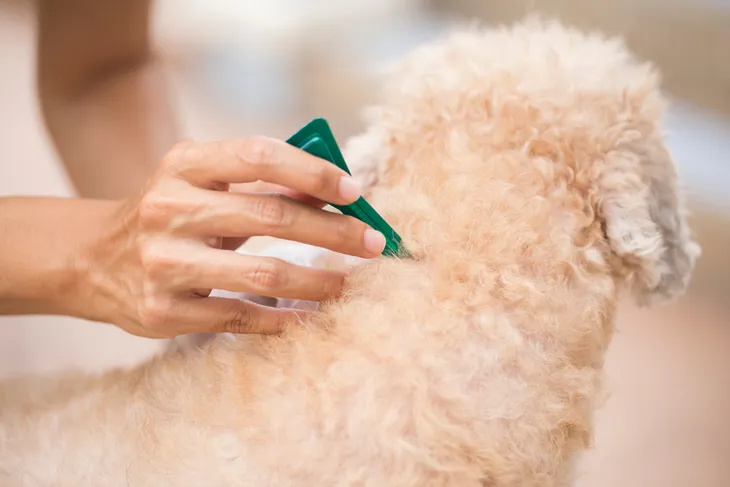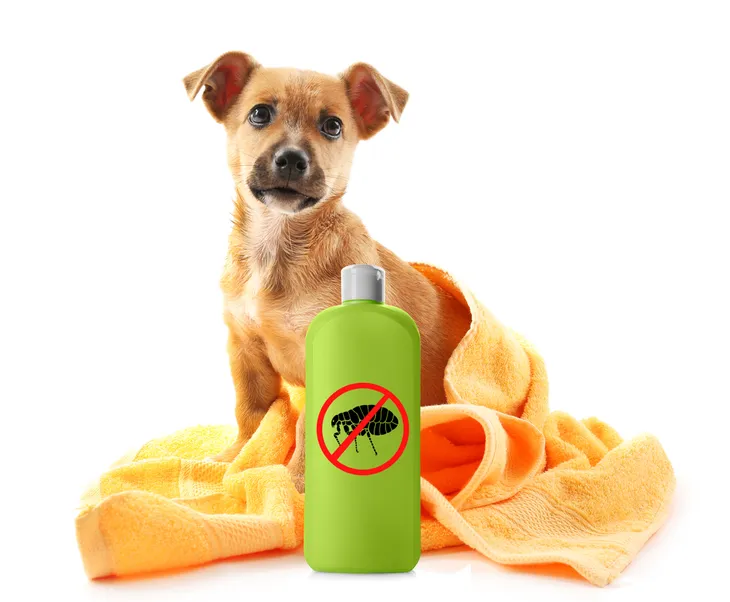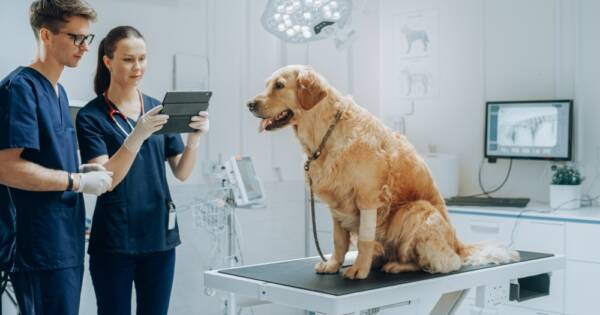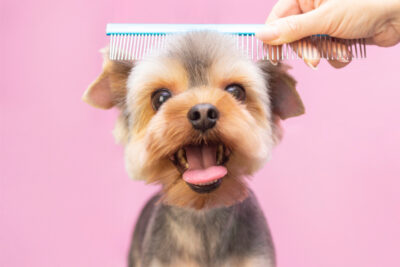It’s something that every pet owner dreads. That tell-tale scratching from your pooch that might mean your beloved pet has somehow gotten fleas. They are tiny, annoying, and hard to spot — plus they can be dangerous to your dog if left untreated.
The good news is that fleas can be easy to detect, if you know what to look for. They are also easy to treat with a variety of medications or external sprays/shampoos. This article will give you a bunch of tips on how to check your dog for fleas, and a few options for getting rid of the problem if your unlucky pet does end up infested.
1. Small Bite Marks
Let’s start with the obvious. Fleas are tiny parasites that literally feed on your dog. That means they leave very obvious bite marks, but only if you’re looking closely. To spot them, you must spread apart their fur (which is trickier on dogs with longer hair), and check for small red bite marks. The most common place to find them is around their neck, although they could be in many other well hidden places, like between their toes!
You should also check your own skin since fleas are more than happy to bite humans too. If you do find fleas on your dog, you should disinfect anything they come in close contact with. This includes their bed or any furniture they are allowed to sleep or sit on.
2. Watch For Excessive Scratching or Chewing
Another fairly obvious sign of fleas is when your pet starts scratching itself more than usual. All dogs are going to scratch themselves, sure, but if you’re an attentive pet owner, you should notice if things start to get excessive.
Along with extra scratching, you may notice your dog also trying to chew on spots that are extra itchy. Even if you don’t actively spot your dog scratching or chewing, other signs to look for are patchy hair loss, scabs, or hot spots.
3. Check Their Fur
Adult fleas are a bit easier to spot, so another simple way to check for them is to just carefully examine your dog’s fur. Adult fleas are roughly the same size as pencil lead, have small flat bodies, and are dark colored — usually reddish-brown or straight black.
Adult fleas are mobile, and will actively try to hide from prying fingers which can make them difficult to spot. Again, the most common place to look for them is on the neck, behind the ears, near the base of the tail, and their abdomen. You may also spot adult fleas in any place your dog likes to sleep, like on their bed or the couch.
4. Hair Loss
While you’re checking your dogs fur, you should also note whether or not the animal is showing any signs of hair loss. According to PetMD, hair loss or alopecia can happen in dogs for a number of reasons, including flea bites. “Dogs or cats may also pull out some of its own hair due to the continuous biting or licking of the flea bite areas.” How this hair loss will be treated typically depends on the pattern and severity, says PetMD.
5. Red Patches or Rashes
PetMD talked to Patrick Mahaney, VMD, who explains that the flea bite salvia can cause an allergic reaction in some dogs (and cats) which leads to some unusual red patches on the skin. “These allergic reactions need not be exclusive to the bitten body part either,” writes the source. ” Unlike some of the other signs on this list, there’s no specific place on the body to look for these patches because they can happen anywhere on the body. Flea bite hypersensitivity can cause rashes or lesions anywhere on the body.”
6. The White Towel Method
If you haven’t been able to spot fleas on your dog with your naked eye (hey, not everyone has perfect 20/20 vision), then there are other methods you can use. They take a bit of extra preparation, but they they do a better job of of giving you a definite answer if you think you have a flea problem.
Lay down an old white towel (or bed sheet), have your dog stand on top of it, and brush their fur like you normally would. If adult fleas are hiding in your dog’s coat, they may get agitated and jump off (or simply get dislodged by the brush). Although they are small, the fleas should clearly stand out on the white surface below.
7. Use a Flea Comb
If you’ve ever had to use a lice comb on a human child, then using a flea comb on your fur baby will be a familiar process. You can get a flea comb from any pet store, and then follow these steps: First, comb your dog’s fur using light pressure, making sure the teeth of the comb stay in contact with your dog’s skin. After each stroke, examine the comb for flea or flea dirt. Use a bowl of warm soapy water to clean the comb. Pro tip: use a white or light colored bowl. Then watch the bowl. Flea dirt, which is really flea droppings, contains dried blood. If you see small black flecks slowly turn red in your bowl, they are flea dirt. If the flecks remain black, they are probably just normal dirt.
As an alternative, you can rub the brush against a damp cotton pad (or paper towel, even). If the flecks are flea dirt, they will form a rusty red ring on the pad, indicating that fleas are present.
8. Check Your Dog’s Gums
Fleas are parasites that live off your dog’s blood. It’s a gross thought, we know, but that’s the reality. If the infestation gets bad enough, your dog can actually start suffering from anemia, a condition that causes a deficiency of red blood cells or of hemoglobin. Although it’s always smart to get a vet to confirm this type of thing, one easy indicator is to check your dog’s gums. If they are looking pale, your pup could be suffering from anemia due to blood loss from flea bites. This condition can be even more dangerous in young puppies or small breed dogs, and needs to be taken seriously.
9. Check Your Furniture
If you’ve already checked your dog and you’re still not sure if it has fleas or not, the next step is to check you pet’s environment. Check the dog bed, the favorite pillow, his stuffies or plush toys, it’s eating area, and anywhere else your dog spends a lot of time — including your bed or couch, if you let your pet in those spots.
The obvious sign is small black flecks, which are more easily seen by wiping down surfaces with a damp, white cloth. If those flecks start to turn red on the cloth, they are flea dirt and a sign that your dog is probably infested. You could also spot adult fleas in the area, as they can survive off your dog.
10. Make a Flea Trap
Still not convinced? Set a flea trap! This is a pretty simple contraption. Let out a small bowl of soapy water on the floor near your dog’s bedding or favorite sleeping spot. Use a small nightlight or reading lamp to shine light on the bowl, and turn out all the other lights overnight. The fleas will be attracted to the light, jump into the soapy water, and drown.
Pro tip: Consider keeping your dog contained in a separate room (or in a kennel or with friends/family overnight), so it doesn’t try to drink the water.
11. What To Do If You Find Fleas?
First off, contact your vet. There a bunch of factors to consider when it comes to picking a treatment option, including your pet’s environment, medical history, and whether you have additional pets in the household. Better to be safe than sorry.
Most common treatments include a monthly treatment applied to back of your dog’s neck, or other shampoos, creams, or powders. Some treatments can combine with others to be toxic to your pet, so please don’t just grab a bunch of options from your local pet store and start spraying your pet and house down. CONSULT YOUR VET.
Your house needs cleaning too. Wash all the bedding (both yours and the dog’s), and vacuum everything – rugs, floors, pillows, couches, etc. If you want to be really sure, repeat this process every few days at first, until you’re sure the fleas are all gone.
12. For Severe Infestations
If you’re in this situation, we’re very sorry. It’s going to be awful. There are seriously harsh chemicals that you can use, which usually come in the form of aerosol sprays, bug bombs, or foggers. If you have to use one of these extreme options, please wear the proper protective materials (gloves, face masks, eye protection, or whatever the product recommends). You will likely need to leave your house for anywhere from three-to-twelve hours afterwards (including your pets, obviously), so make a plan ahead of time for where you are going to go.
13. Prevention Tips
If you have a lawn (front or back) that your dog plays in regularly, consider lowering the height setting on your lawn mower. Keeping the grass trimmed and short helps prevent fleas from jumping up onto your dog and having them get tracked inside your house. Fleas usually prefer dark places, and keeping your grass short will expose the soil to sunlight and discourage fleas from hanging out on your lawn.
Also, after taking a walk or hike through any areas with lots of bush and long grass, check your dog for fleas and ticks before bringing them inside. That way you don’t have to wonder if the fleas have spread onto your furniture or even entered into the home without you knowing it.

